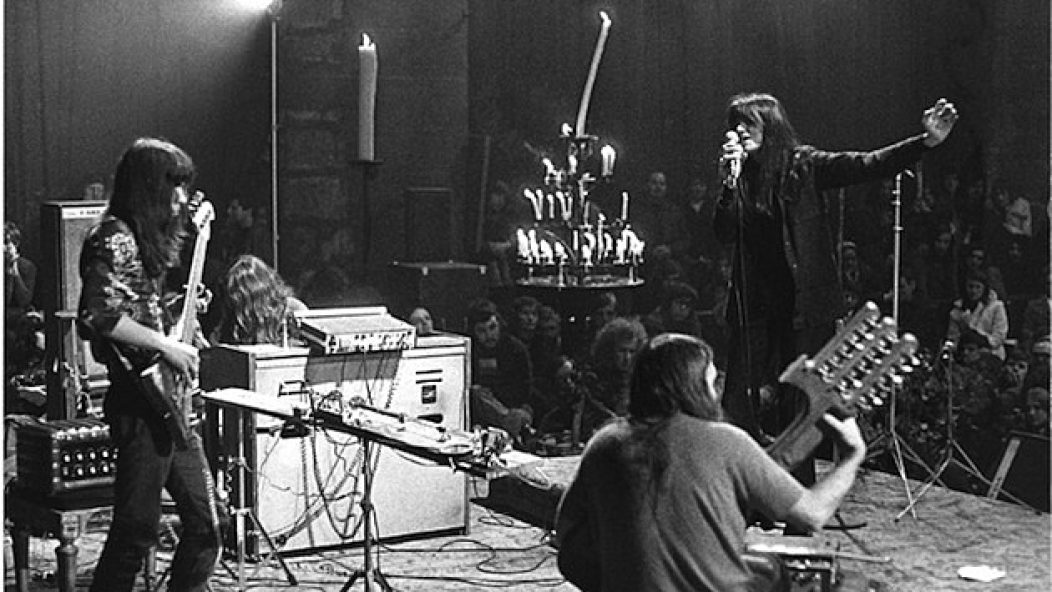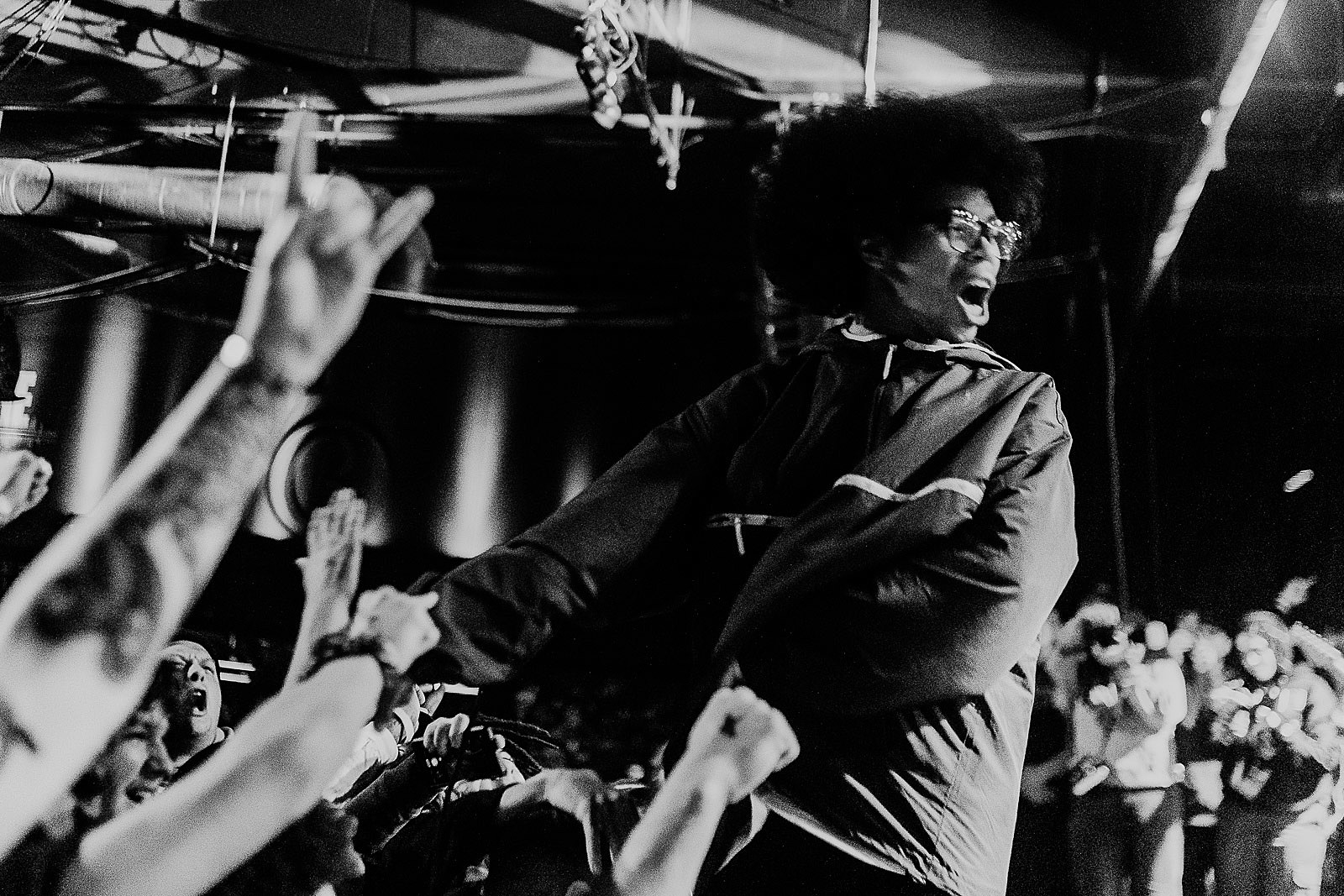
Strange In Stereo #5 – Weird Folk part 1
. . .
During any discussion of the ’60s folk revival, the focus usually sits on Dylan and his ilk- whether shining on the lefty traditionalism that defined the first half of the decade or the personal folk pop that emerged in the second and continued into the ’70s. However, there were musicians at the time–-on both sides of the Atlantic and in between-–who were twisting folk music to their own nefarious ends, unbeknownst to many a casual listener.
Some of the following tracks can be traced to each other fairly easily, but I’d be hard pressed to find one defining characteristic that they all share. Obviously, the broad idea of “folk music” is present, but with artists hailing from France, Jamaica, England, and the US, even those starting points aren’t very close together.
Simply put, these were artists working at an exciting time, when traditional music was grinding up against rock and roll, jazz, and a rising avant-garde, genres snagging hold of each other and reconstituting in unfamiliar and exciting ways.
In fact, most of these tracks hold up surprisingly well–-better than a lot of more highly regarded music from the same period. They don’t hold up simply because they are great songs, but because they remain inventive and unbridled, even 40 years later.
. . .
Catherine Ribeiro + Alpes – “Dingue” from Ame Debout (Philips Records, 1971)
Although Catherine Ribeiro + Alpes have released far harsher and more experimental tracks than this one, “Dingue” puts the focus squarely on the group’s most valuable resource: Ribeiro’s arresting vocals.
Exuma – “Dambala” from Exuma (Mercury Records, 1970)
Tony McKay, native of the Bahamas, began performing as Exuma in same Greenwich folk scene that molded Bob Dylan. “Dambala” – which later received a haunting rendition from Nina Simone – might seem like a hippie jam at first, but McKay’s imagery grows increasingly apocalyptic as the song goes on.
Comus – “Drip Drip” from First Utterance (Dawn Records, 1971)
Although Comus might be the oddest band here at face value, much of their strength is held in tight songwriting. There are freakouts, true, but those moments wouldn’t work as well if they weren’t surrounded by solid hooks and riffs.
Jan Dukes de Grey – “Dominque” from Sorcerers (Deram Records, 1970)
Here, and on the rest of Sorcerers, Jan Dukes de Grey noticeably restrain a thread of chaos bubbling beneath their otherwise cheery tunes. When that chaos rose to the forefront on their followup, Mice and Rats in the Loft, even Comus looked tame in comparison.
HP Lovecraft – “Electrollentando” from HP Lovecraft II (Philips Records, 1968)
HP Lovecraft’s music isn’t as ominous as you might expect from their choice of namesake, but they bring some heavy psych overtones to what otherwise might be simple pop music.
Pearls Before Swine – “Ring Thing” from Baklava (ESP-Disk, 1968)
“Ring Thing” is hardly a typical Pearls Before Swine track, but its LotR-inspired gloom works thanks to Tom Rapp’s attention to detail and forward-thinking atmospheric touches.
Cromagnon – “Caledonia” from Orgasm (ESP-Disk, 1969)
The theory of evolution applies to musical genres as much as anything. No scene or sound emerges from the void, but rather develops as a mutation of that which already exists. Those mutations are present long before they actually emerge, lying dormant until they reach the right musicians in the right conditions. I think that’s true, at least – it’s the only explanation I have when faced with this brief flash of blackened folk rock from 1969, a year before Black Sabbath released their debut album.
. . .










